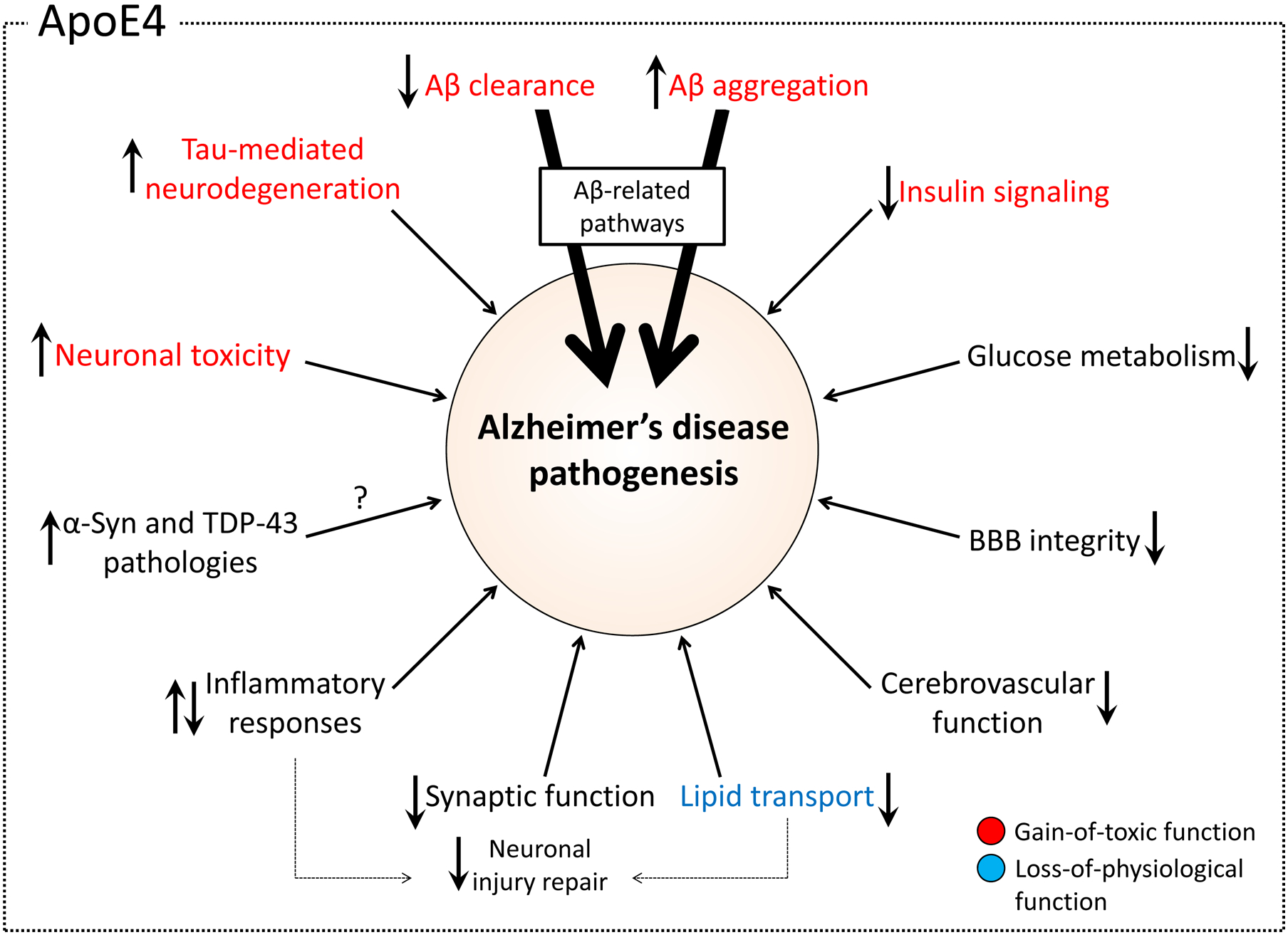Figure 4: Effects of APOE4 on AD pathogenesis pathways.

Apolipoprotein E4 (APOE4) affects multiple different pathways in Alzheimer disease (AD) pathogenesis. Key functional pathways are shown, and the arrows within the boxes depict the effects of APOE4 compared with APOE3. Pathways are shown in red boxes if evidence suggests that APOE4 increases risk of AD via a gain of toxic function. The effects on the lipid transport pathway, shown in blue, represent a potential loss of physiological function of APOE4 relative to APOE3. Pathways shown in grey are unclassified either owing to insufficient evidence or the potential for both gain of toxic and loss of physiological function. The two thicker arrows indicate the importance of the Aβ-related pathway as the key mechanism by which APOE influences AD. Aβ, amyloid-β; α-syn, α-synuclein; BBB, blood–brain barrier; TDP43, TAR DNA-binding protein 43.
